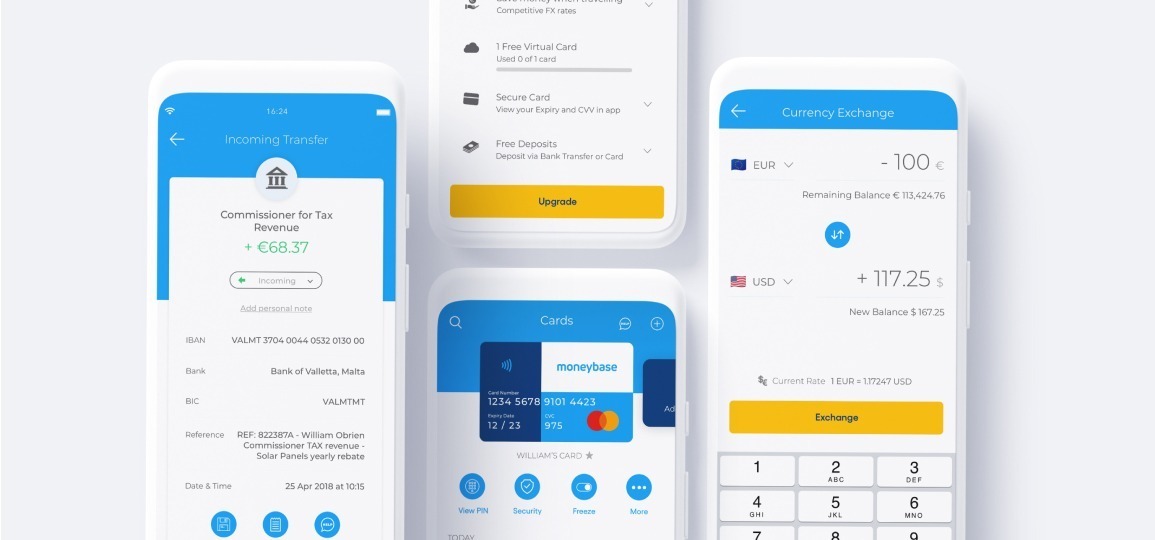Compound interest is the concept of adding accumulated interest earned back to the original amount invested, so that interest is earned on interest from that moment on. (multiplier effect) The act of adding interest to the nominal amount is called compounding (i.e. interest is compounded).
This might be achieved by investing in a Bond or an Income Fund that allows an investor to accumulate interest year on year.
Let us take investing in a Bond as an example:
An investor invests € 10,000 in a bond that pays 7% interest per annum.
The Bond would pay interest of € 700 on the first year, therefore the balance would be €10,700 at the end of the first year.
On the second year the interest of 7% would be calculated on € 10,700 and therefore the interest received would be Eur 749. In year two the investor does not need to add anything to his savings (although he may choose to do so to increase the multiplier effect)
On the third year the interest of 7% would be calculated on € 11,449 (Eur 10,700 + Eur 749) and therefore the interest received would be € 801.43. This process would continue until the Bond is either redeemed or is sold. In this example an investor would almost double his money in 10 years without adding any extra capital.
The table below gives an example of what would happen if you invest € 10,000 in a Bond and held re invested the capital for 10 years.
| Year | Interest for the year | Total accumulated interest | Balance |
| 0 | 0 | 0 | € 10,000 |
| 1 | € 700.00 | € 700 | € 10,700 |
| 2 | € 749.00 | € 1,449.00 | € 11,449.00 |
| 3 | € 801.43 | € 2,250.43 | € 12,250.43 |
| 4 | € 857.53 | € 3,107.96 | € 13,107.96 |
| 5 | € 917.56 | € 4025.52 | € 14,025.52 |
| 6 | € 981.79 | € 5,007.30 | € 15,007.30 |
| 7 | € 1,050.51 | € 6057.81 | € 16,057.81 |
| 8 | € 1,124.05 | € 7,181.86 | € 17,181.86 |
| 9 | € 1,202.73 | € 8384.59 | € 18,834.59 |
| 10 | € 1,286.92 | € 9,671.51 | € 19,671.51 |
You may use the link below to calculate various scenarios when compounding interest. (please note this is an external site)
Compound interest may be contrasted with simple interest, where interest is not added to the principal (there is no compounding).
Using compound interest for your future.
Let’s consider two investors: Investor A and Investor B
From the age of 25, Investor A puts € 2,000 per year into fixed income (for example into Bonds or an Income Accumulator Funds) for 10 years until he is 35. At 35 he stops and does not put any more money into his investment portfolio and lets his investment work alone.
Investor A then leaves his investments to grow until he hits age 65. He earns an average annual return of 8% and when he looks at his account 30 years later, he has €314,870.
Investor B, does not save anything until he is 35, at 35 he starts investing €2,000 per year. He keeps this up for the next 30 years until he reaches 65.
Investor B earns an average annual return of 8%, too but he ends up with € 244,691 at the age of 65.
To recap:
Investor A has invested a total of € 20,000 and ended up with € 314,870
Investor B has invested a total of € 60,000 and ended up with € 244,691
Yet Investor A is now worth 28% more than the Investor B even though Investor A only invested a third of the amount.
Conclusion
Investing in the early years does count and although initially the amount might seem minuscule, the effects are seen in the later years. Starting to set something aside at an early age will give your investments time to grow and produce a compound interest multiplier effect that will help you in the later years.





